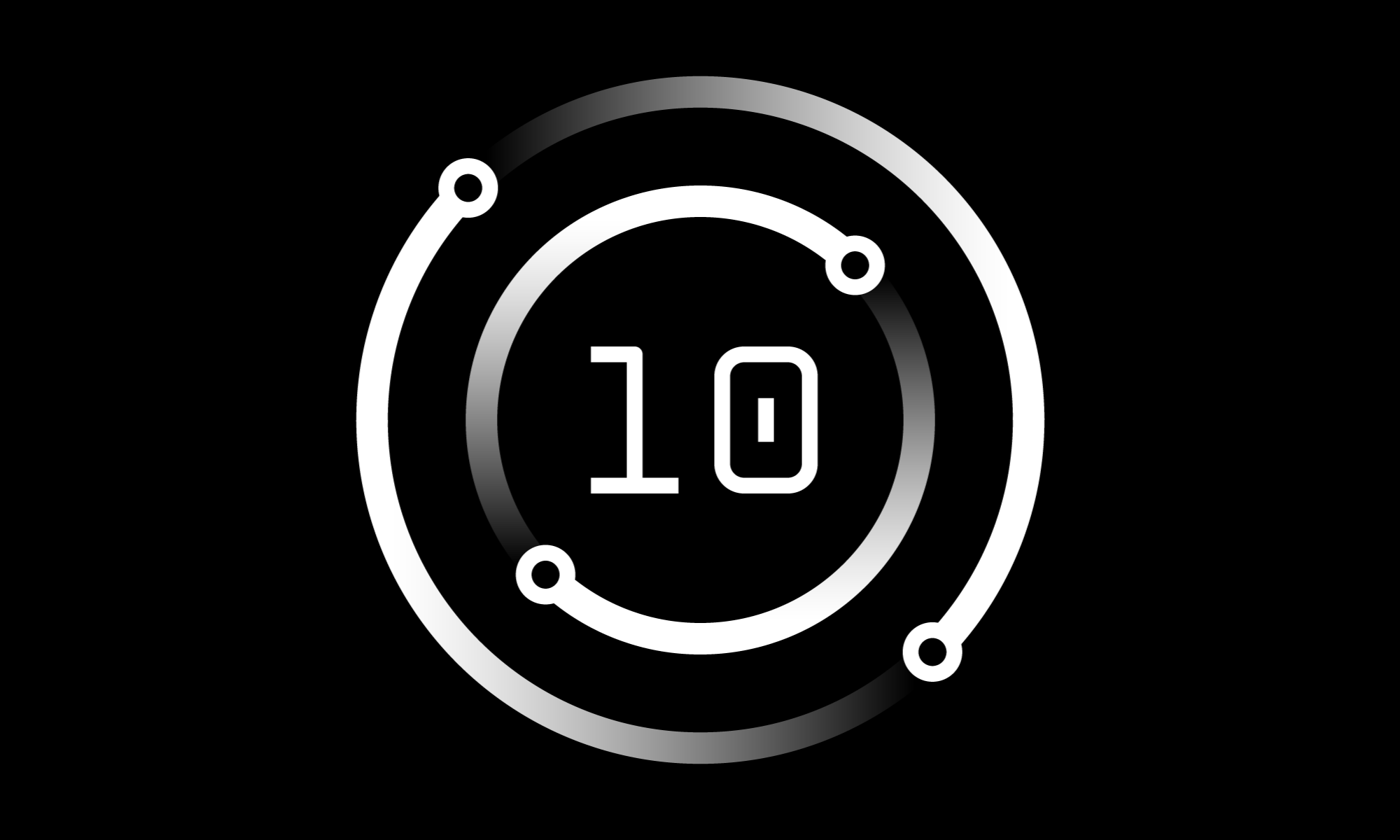This has been been my side project lately. Automated builds and dependency management is something that we really need for #ibmi lately. Maybe I will do a video on this too https://t.co/CB3buD1e1q— Liam barry (@notesofbarry) May 17, 2023 Read More
Introducing Monarch 11 for .NET: ASNA’s next generation RPG migration suite
ASNA proudly announces Monarch 11 for .NET, the latest iteration of its IBM i RPG migration suite.
Encore RPG is a game-changer for IBM i application migrations. Read More
A Moment with Carol Woodbury: Network Security Pen Testing vs. IBM i Pen Testing
Carol Woodbury is President and CTO of DXR Security and has
Everybody does a Network Security Pen Test these days. Read More
Better Faster Easier IBM i Backups LaserVault
Educate yourself on how to automate current manual processes and transform IT operations with better-faster-easier backups and lightspeed recovery of your data. Read More
SAP SUPPORT REQUIRED PTF LIST FOR IBM i 7.5
SAP SUPPORT REQUIRED PTF LIST FOR IBM i 7.5 Read More


